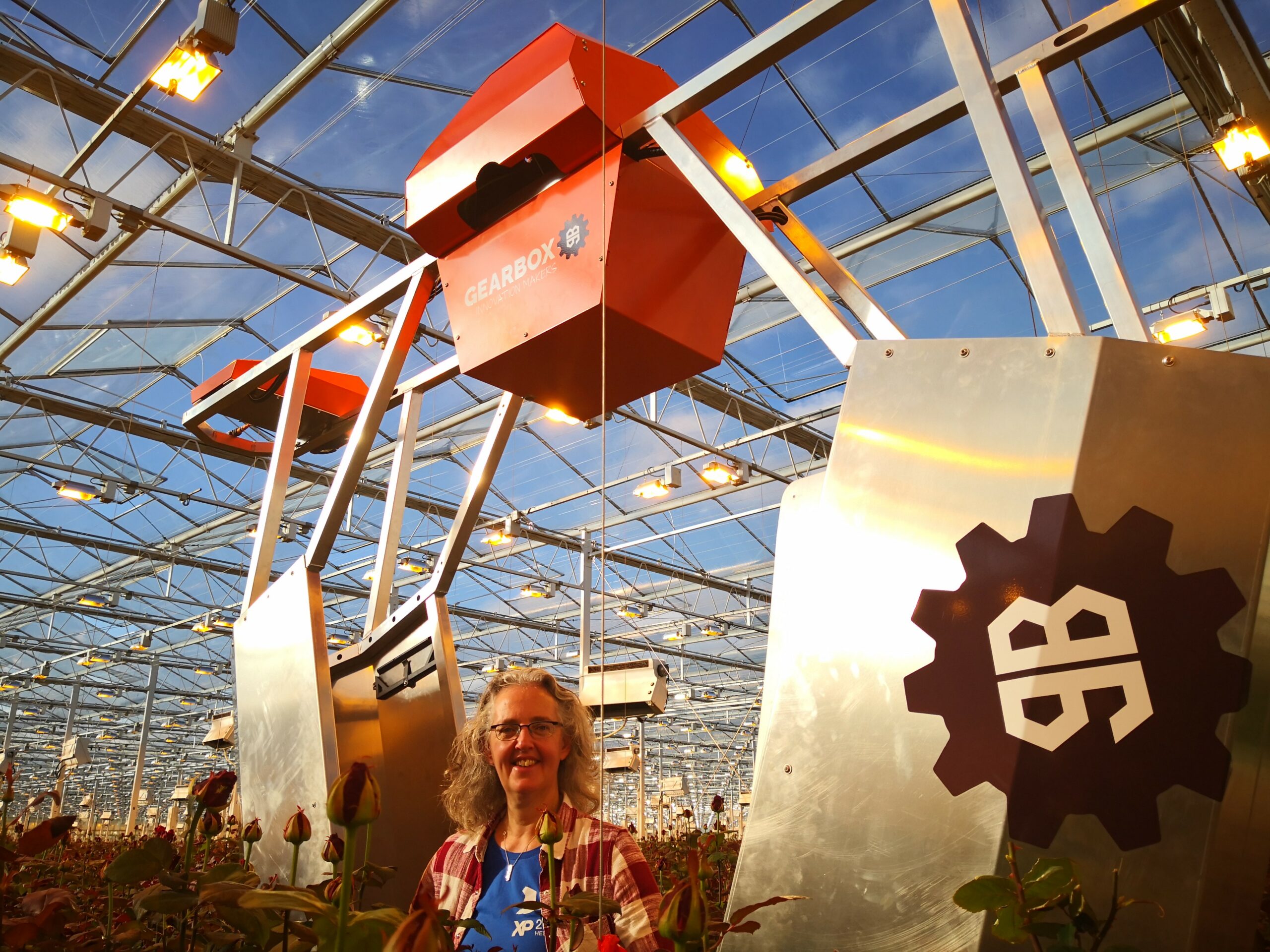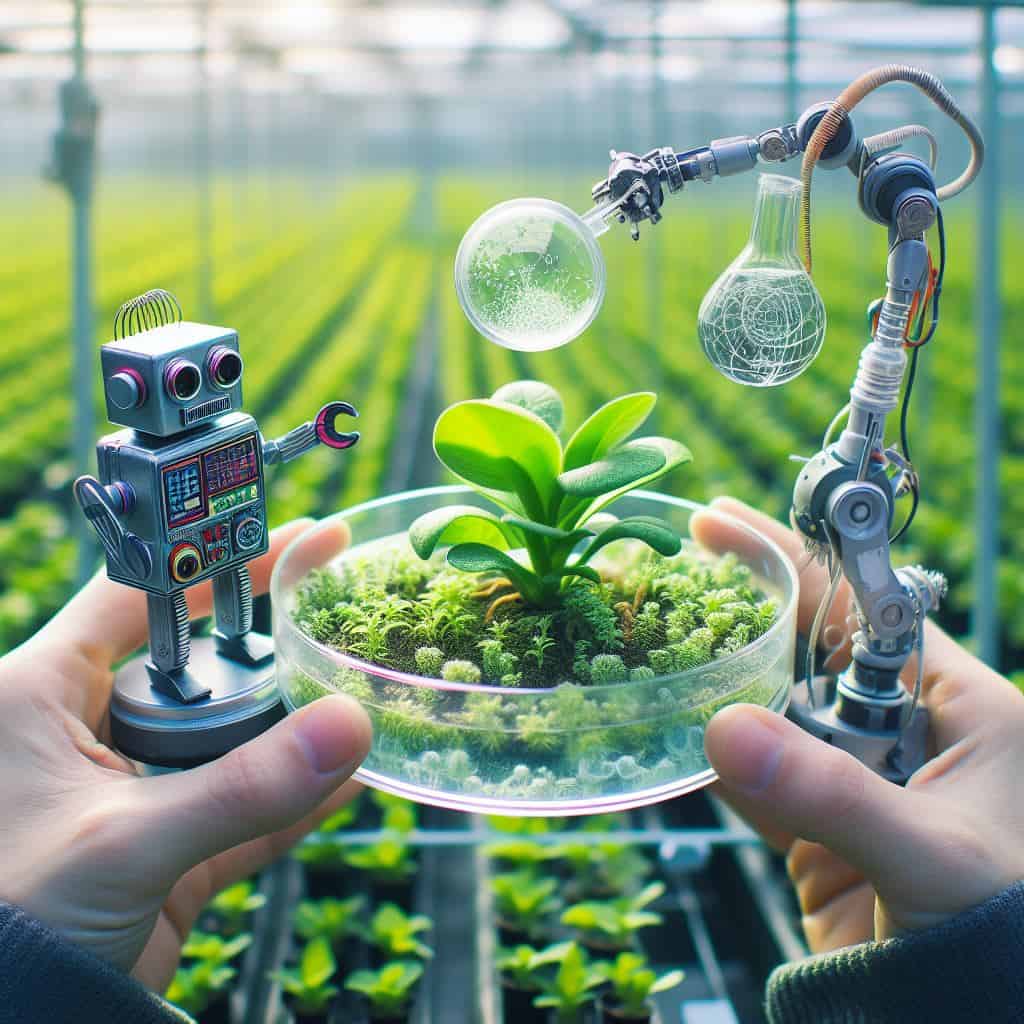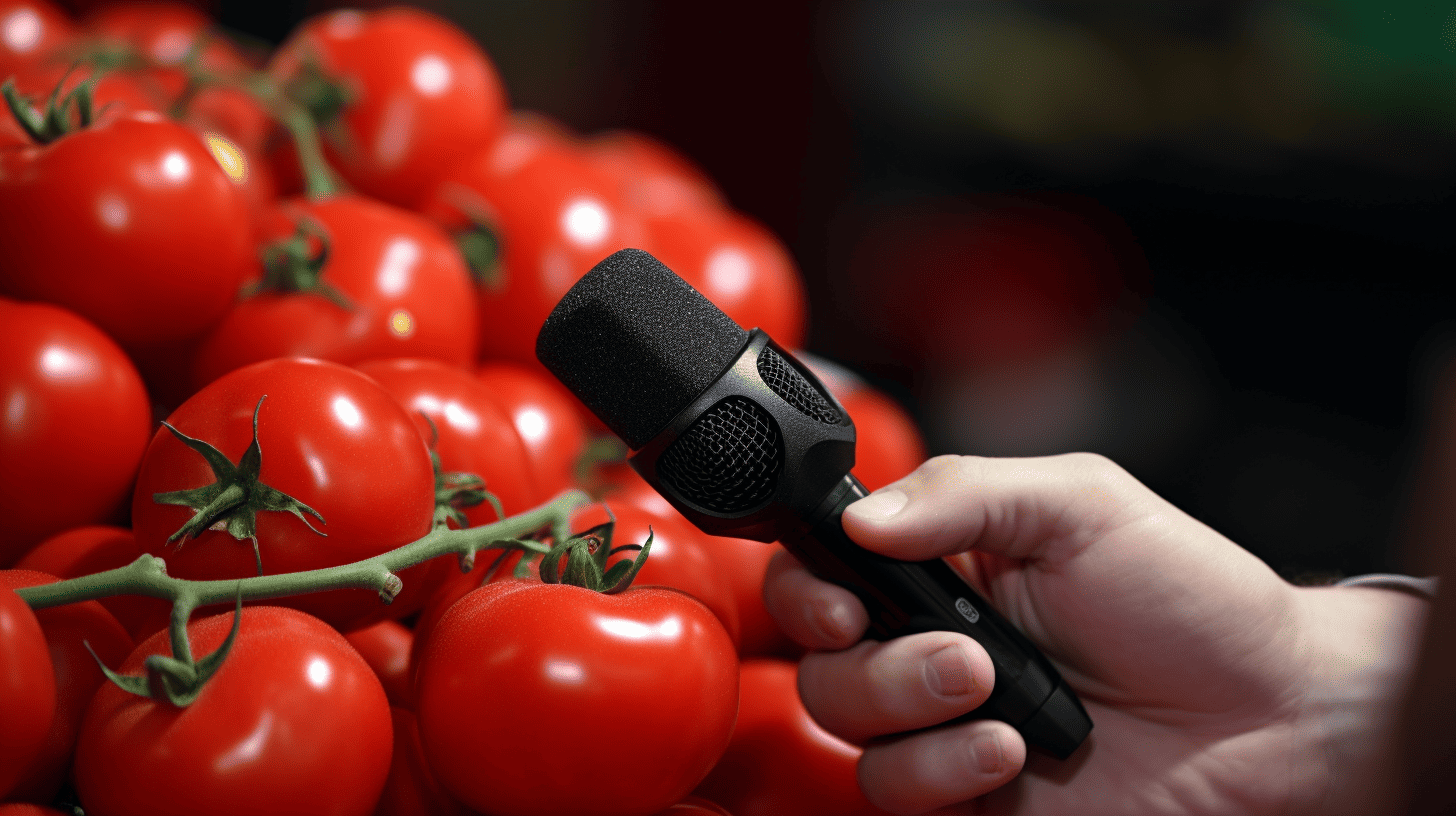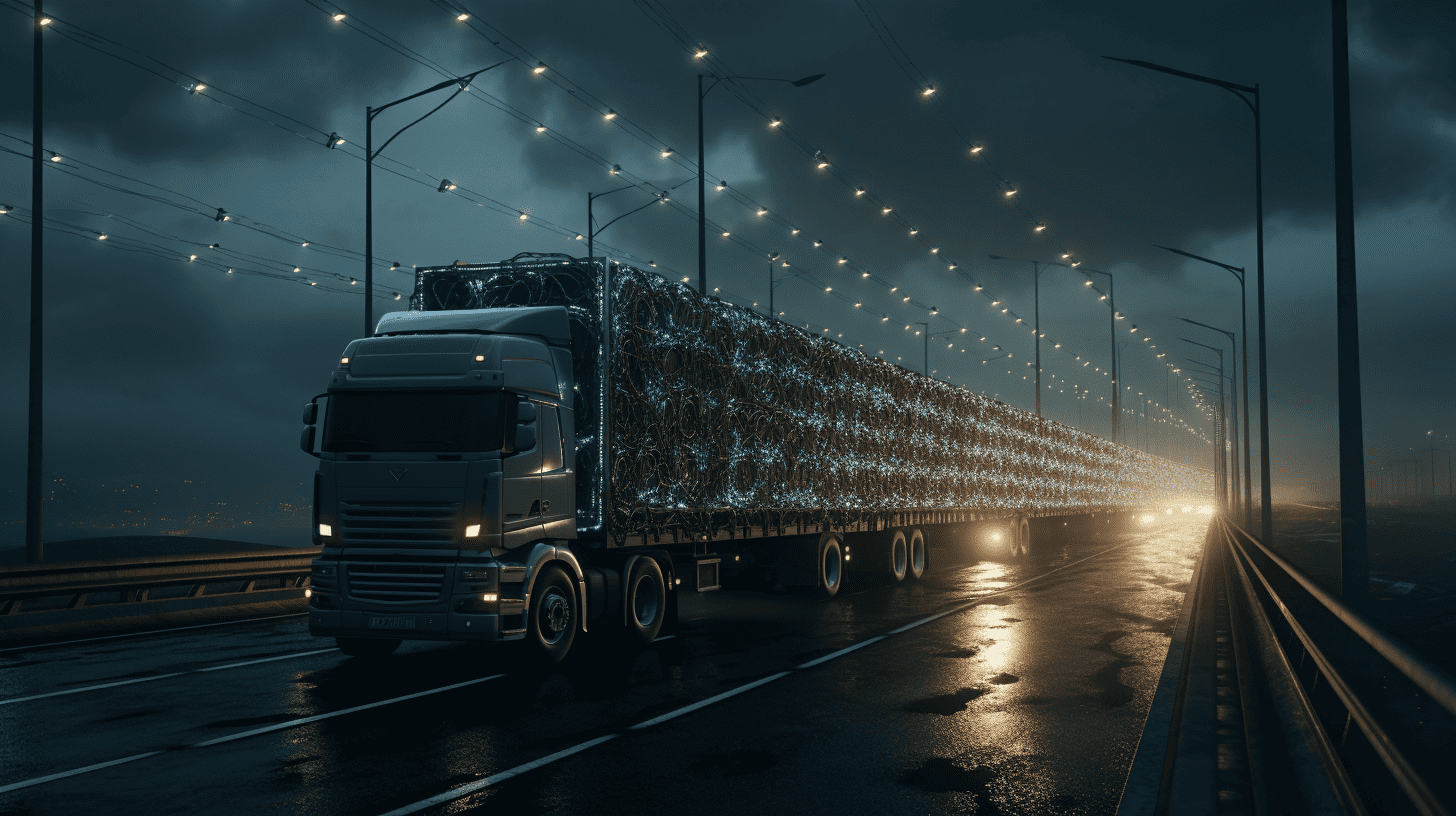
In an earlier column, I wrote about the road to hands-free production of greenhouse crops and the need for cooperation between tech developers and growers.
The Netherlands is leading the way in the cultivation of tomatoes in greenhouses and in the development of technology to do this with minimum use of raw materials, such as water, fertilizer and energy. A kilogram of tomatoes grown in the open air requires 60 liters of water, while that figure is around 6 liters in our modern greenhouses thanks to the reuse of water, among other things. The majority of flower and vegetable growers in the Netherlands are forward-thinking companies that always want to stay ahead and need to keep innovating to maintain that lead.
Historically, a lot of technological solutions were conceived and cobbled together with, for example, the local machine builder. This brought more and more efficiency to greenhouse horticulture. However, calls for specialist knowledge and technological opportunities are increasing all the time and follow each other in quick succession. Whereas the ‘Gyro Gearlooses’ among the growers used to be perfectly capable of welding together a (prototype of a) new transport solution, nowadays it is much more difficult to handle the large amount of (mostly digital and specialist) technology.
Tech translator
Parties that possess that knowledge, such as universities and digital technology developers, often don’t come into contact with growers that easily and lack sufficient insight what they are struggling with. This goes beyond having a cup of coffee together with the grower and explaining exactly which particular challenge needs to be solved. After all, developing technology is not the grower’s core business. Even entrepreneurs who are well aware that they need to get to work with new technology often don’t know where to start. It is precisely at the intersection of horticulture and (digital) technology that I do my work as a ‘tech translator’. Looking together with entrepreneurs at what their real underlying question is, and whether technology could help them with that. After that, a connection is made with companies that actually have that knowledge so that they can work with the entrepreneur on those solutions. For example, this summer we will be working with five cutting-edge companies in the horticultural sector to research if, and where, they could apply artificial intelligence. What’s important here is to first find out what the question is, and only then see if AI could add something.
Collaboration
But why should a grower invest in these kinds of technological solutions and why can’t a tech specialist do it themselves? A major reason for this is that many of the parties that have that technological knowledge do not know enough about horticulture. If you, as a robot builder, are thinking about developing a harvesting robot for tomatoes, for instance, the first question is: For what kind of tomatoes? After all, picking snack tomatoes, loose tomatoes or vine tomatoes calls for a completely different work method! And why would you choose one of these types? What are the challenges when it comes to the workforce and how big is the (world) market for that kind of solution? Once that choice has been made then the real challenge begins. Because if you look at a tomato crop in a greenhouse, then you will notice that there are quite a few challenges when it comes to finding a ripe tomato. Let alone being able to easily harvest it.
Another important reason is a financial one. Companies that have the technical knowledge and access to horticulture have to deal with hefty development costs. I recently heard a developer say that development up to a working prototype costs at least 10 million euros. This is not an amount that the average tech developer can readily afford to pay. Collaboration is therefore essential for working on the right problem and for bearing the financial risk together.
GearRover – AI in the greenhouse
Product developers, as well as entrepreneurs in greenhouse horticulture, are still searching for a way to go about this. Is this actually working anywhere? Yes, fortunately, there are already examples where tech and growers are working very closely and iteratively together to figure out what is needed and what is possible. A number of entrepreneurs in the ornamental horticulture sector have teamed up with a tech company to develop a harvesting assistant. Previously, a logical question would have been “Can you make a robot that can cut roses as well as people can?”. However, due to the cultivation method and structure of a rose crop, this would have been a very complicated task that would have cost a lot of time and money. By examining the entire process, they jointly came to the conclusion that there would be a great deal to gain if a harvester could be helped to recognize the proper ripeness stage. The developed robot (or rather cobot in this case) locates the rose that needs to be harvested, then the employee actually snips it off and puts it on the trolley. The system uses vision technology and machine learning to do this.
You could be forgiven for thinking that the product is not yet finished, given that it does not harvest roses itself… However, the situation changes when you realize that it takes an employee up to three months to perfectly recognize the right stage for harvesting. That right stage has a lot of influence on the shelf life and consequently the quality of a rose. Once you know that, you then see that it makes perfect sense to first focus on a product that merely points towards the roses. Such a product already adds a lot of value and can already be sold then! Meanwhile, work is underway to add more functionality, such as a harvest prediction system and being able to recognize diseases based on images that are already collected during the robot’s work process.
The future – Hands-free production
Consequently, technology is going to play an even bigger role in greenhouse horticulture in the years to come. We must bear in mind that the focus here should not be on the technology but rather on the people involved. The expertise of the horticultural entrepreneur and the tech developer can only lead to new solutions if they work together. We will also have to make sure that people are willing and able to work with the products being developed. Fewer harvesters will be needed in the coming years but there is an increasing need for ‘robot trainers with green fingers’. This demands the development of a new ecosystem to accelerate the application of robotics in greenhouse horticulture. The RoboCrops consortium, among others, is working on this. A video with images of the GearRover can also be found via that page, in which AI specialist Jim Stolze talks to one of the entrepreneurs who is developing the GearRover in cooperation with the Gearbox technological party.
About this column:
In a weekly column, alternately written by Bert Overlack, Eveline van Zeeland, Eugene Franken, Helen Kardan, Katleen Gabriels, Carina Weijma, Bernd Maier-Leppla and Colinda de Beer, Innovation Origins tries to find out what the future will look like. These columnists, occasionally supplemented by guest bloggers, are all working on solutions in their own way on the problems of our time. So that tomorrow will be good. Here are all the previous articles.







